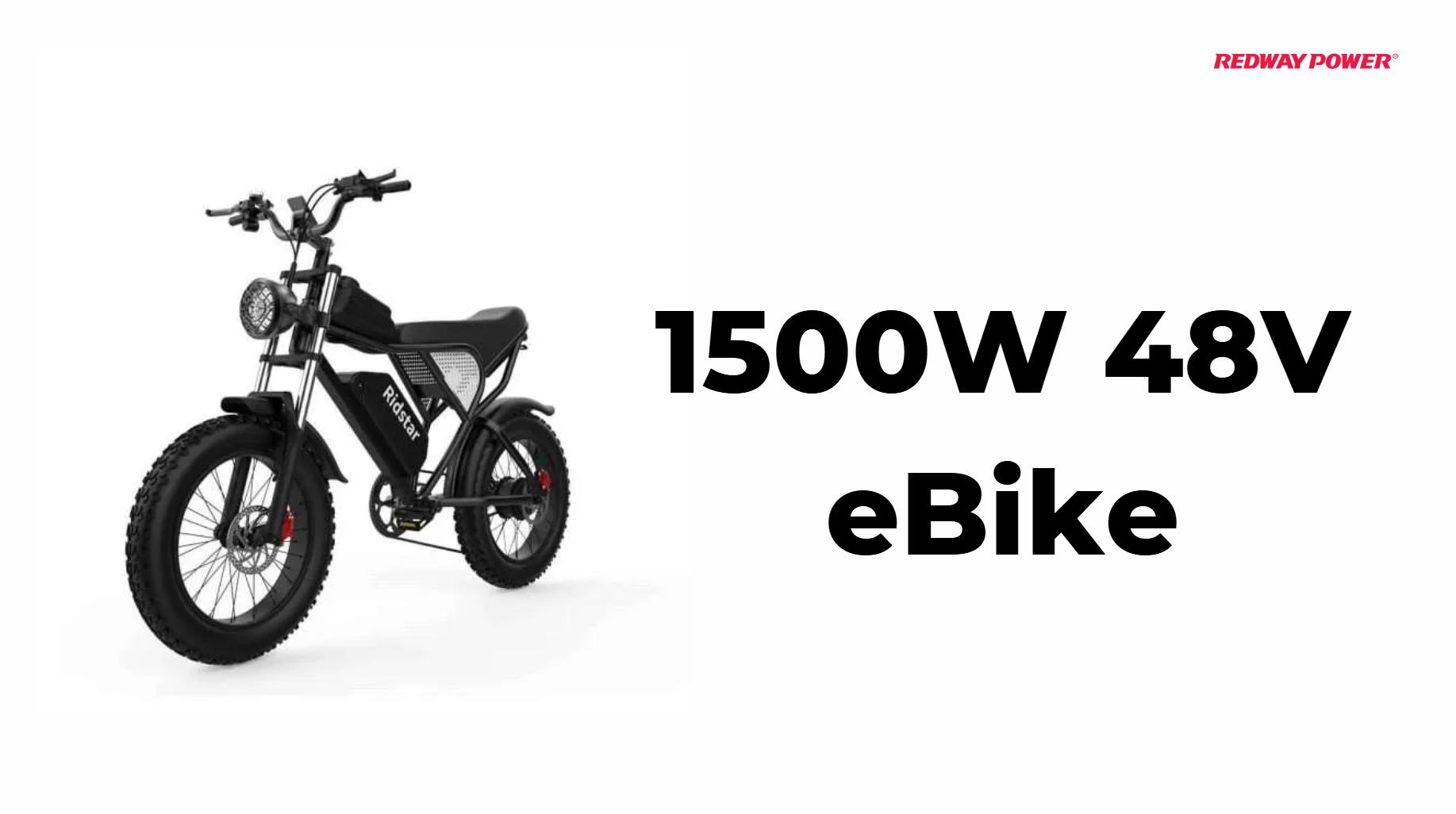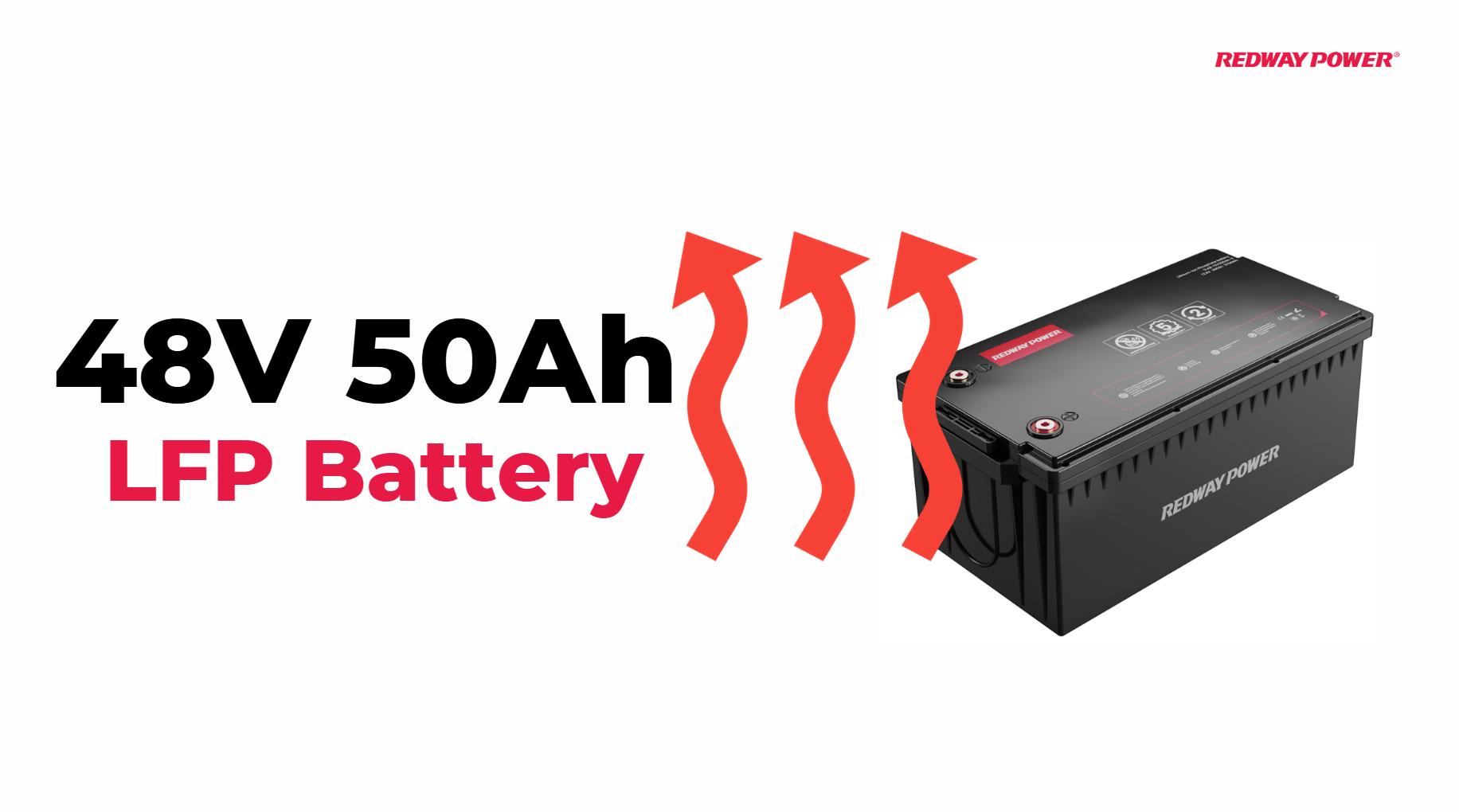Can You Overcharge a 12V Lithium Battery?
Yes, you can overcharge a 12V lithium battery, but modern lithium batteries are designed with built-in protection mechanisms to prevent this from happening. When charged correctly, these batteries can handle a range of voltages, but exceeding the recommended voltage can lead to overheating, reduced lifespan, or even catastrophic failure.
Understanding Overcharging in 12V Lithium Batteries
Overcharging is a critical concern for anyone using a 12V lithium battery. Unlike traditional lead-acid batteries that can tolerate overcharging to some extent, lithium batteries require precise charging protocols to ensure safety and longevity. Understanding how overcharging occurs and its implications is essential for users to maintain their battery systems effectively.
What Happens When You Overcharge?
When a lithium battery is overcharged, several adverse effects can occur:
- Heat Generation: Excessive voltage leads to increased heat, which can damage internal components.
- Gas Emission: Overcharging can cause electrolyte breakdown, resulting in gas production that may lead to swelling or leakage.
- Capacity Loss: Repeated overcharging can degrade the battery’s capacity over time, reducing its overall lifespan.
Protective Mechanisms in Lithium Batteries
To mitigate the risks associated with overcharging, most 12V lithium batteries come equipped with various protective features:
- Battery Management Systems (BMS): These systems monitor voltage and temperature, disconnecting the battery from the charger if unsafe conditions are detected.
- Smart Chargers: Designed specifically for lithium batteries, these chargers adjust the charging current and voltage based on the battery’s state of charge.
Overcharging Risks Chart
| Risk Factor | Description | Consequence |
|---|---|---|
| Heat Generation | Excessive voltage increases internal heat | Damage to battery components |
| Gas Emission | Breakdown of electrolyte produces gas | Swelling or leakage |
| Capacity Loss | Degradation of internal chemistry | Reduced lifespan and performance |
Latest News
- Recent advancements in battery management technology have improved safety features in lithium batteries, reducing the risk of overcharging.
- New regulations are being implemented worldwide to ensure that manufacturers adhere to safety standards for lithium battery production.
- Research continues into developing smarter charging solutions that optimize battery health while preventing overcharging incidents.
Redway Expert Comment
“At Redway Battery, we prioritize safety and performance in our lithium batteries. Our advanced Battery Management Systems are designed to prevent overcharging by continuously monitoring voltage and temperature levels. This ensures that our 12V lithium batteries not only perform optimally but also have an extended lifespan. We encourage users to always use compatible chargers to maximize their battery’s potential.”
Best Practices for Charging 12V Lithium Batteries
To avoid overcharging your 12V lithium battery, consider these best practices:
- Use Compatible Chargers: Always use chargers specifically designed for lithium batteries.
- Monitor Charging Conditions: Regularly check the charging environment for temperature fluctuations.
- Follow Manufacturer Guidelines: Adhere strictly to the manufacturer’s recommended charging protocols.
FAQs
- What is the safe charging voltage for a 12V lithium battery?
The safe charging voltage typically ranges from 14.4V to 14.6V depending on the specific battery model. - Can I use a regular charger on my 12V lithium battery?
No, using a regular charger can lead to overcharging and damage; always use a charger designed for lithium batteries. - What should I do if my battery overheats during charging?
Disconnect it immediately and allow it to cool down before further inspection or use. - How can I tell if my battery is overcharged?
Signs include excessive heat, swelling, or unusual smells coming from the battery. - Is it safe to leave my lithium battery on charge overnight?
If using a smart charger with built-in protections, it is generally safe; however, always monitor initial charges until you confirm safety.
Related Subject: LiFePO4 Batteries
LiFePO4 (Lithium Iron Phosphate) batteries represent an advanced solution within the realm of lithium technology, offering enhanced safety features compared to traditional lithium-ion batteries. Their robust chemical stability makes them less prone to overheating and overcharging issues.
Recommended Product
For clients seeking reliable power solutions with superior safety features, we recommend our high-performance LiFePO4 Batteries from Redway Power. These batteries are engineered with advanced BMS technology that prevents overcharging while ensuring optimal performance in various applications including electric vehicles and renewable energy systems. By understanding the implications of overcharging a 12V lithium battery and implementing best practices for maintenance and charging, users can significantly enhance their battery’s longevity and performance while ensuring safety in their operations.


